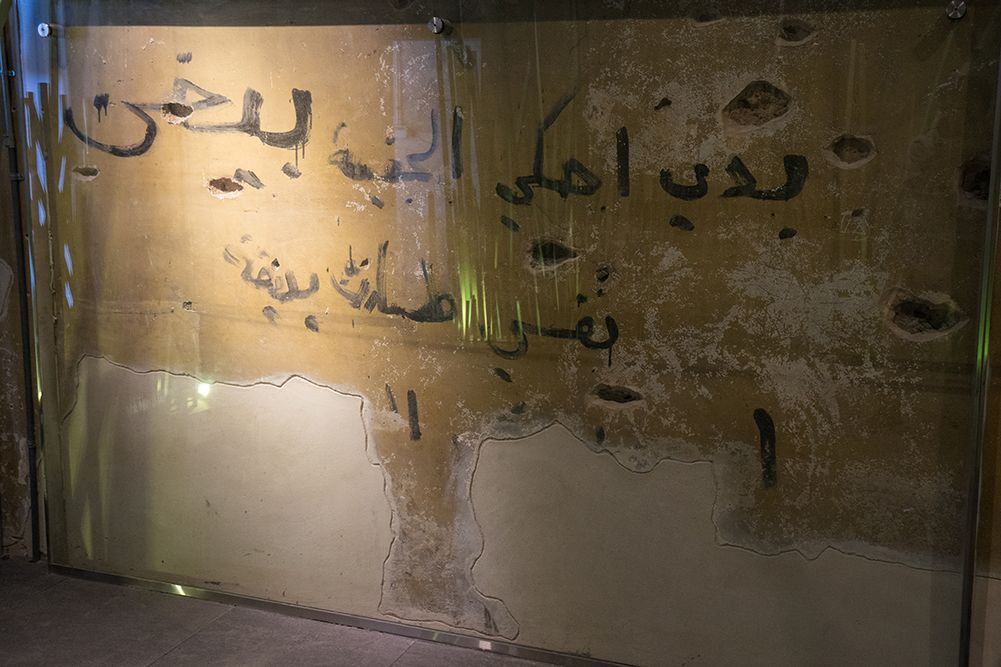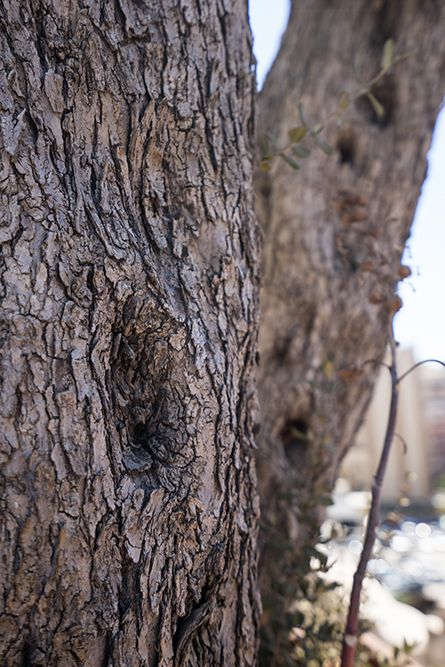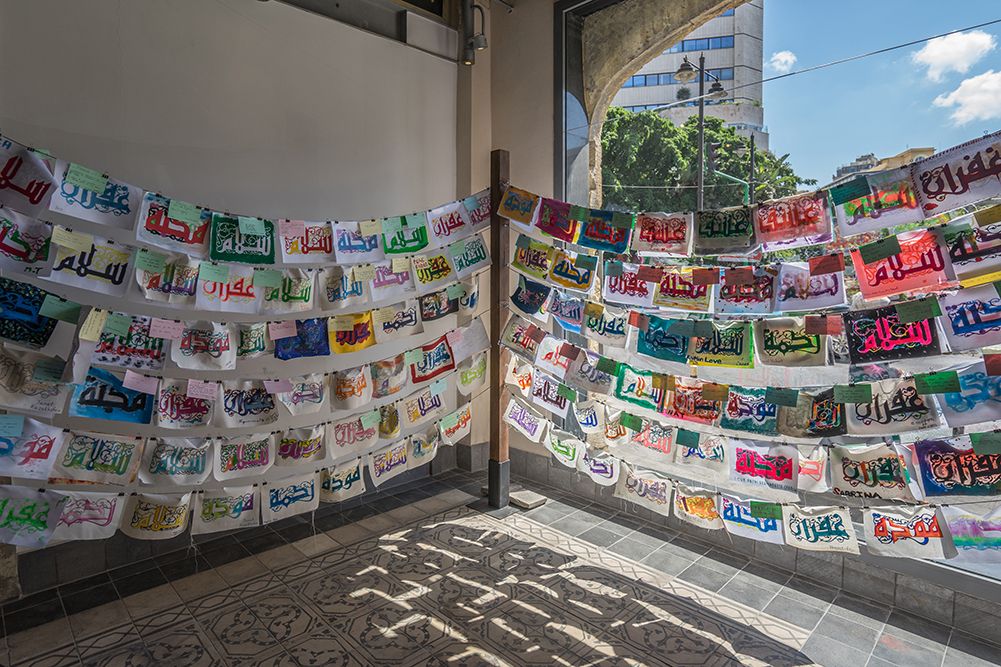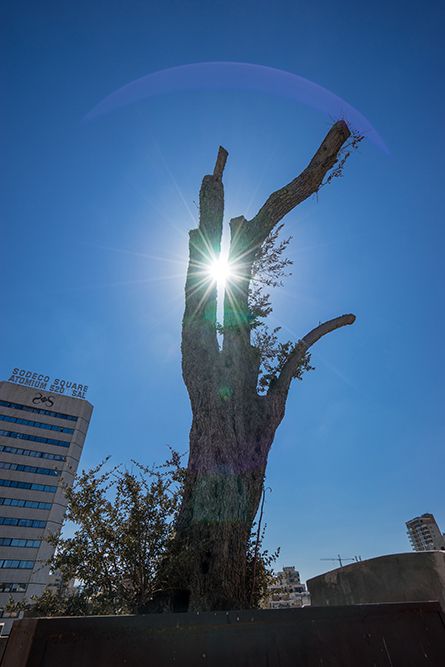Beit Beirut ('Yellow House')
From neo-Ottoman style edifice, war architecture to museum
Part 1
Beit Beirut ("Yellow House"). Built in 1923 as neo-Ottoman style apartment complex, it was taken over by snipers to control the "Sodeco Crossroads" on the Green Line which divided East Beirut and West Beirut during the Civil War (1975 - 1990).
While most of the structures damaged during the 25 years of civil strife were later demolished and rebuilt as modern buildings, the Beit Beirut was given a second life as a museum / historical research center cum urban planning office thanks to the efforts of civil society and the municipality.
In reality, however, the building stays closed most of the time. It has come back to life this time to host an exhibition a local artist.
This is what it looks like inside after renovation.
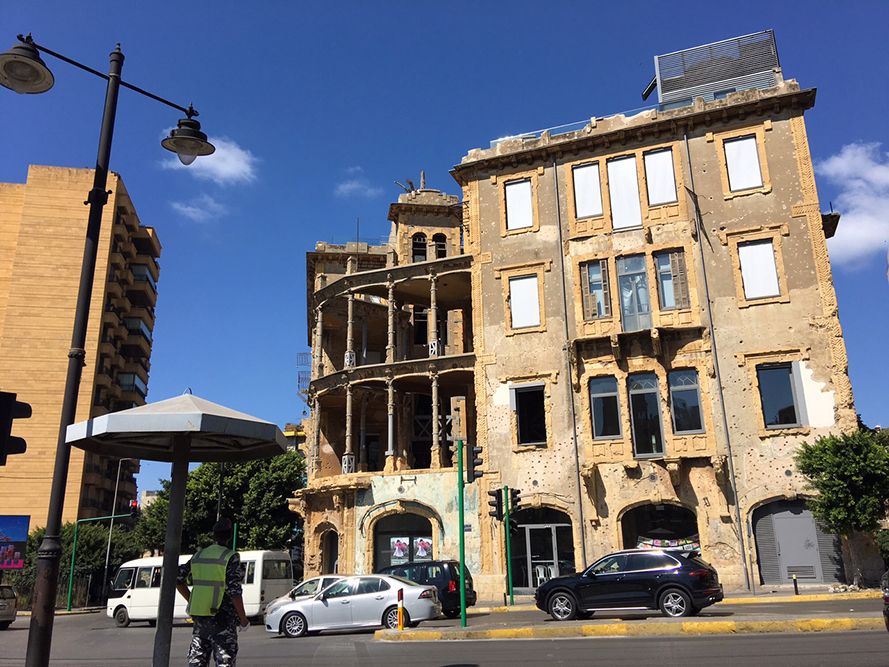
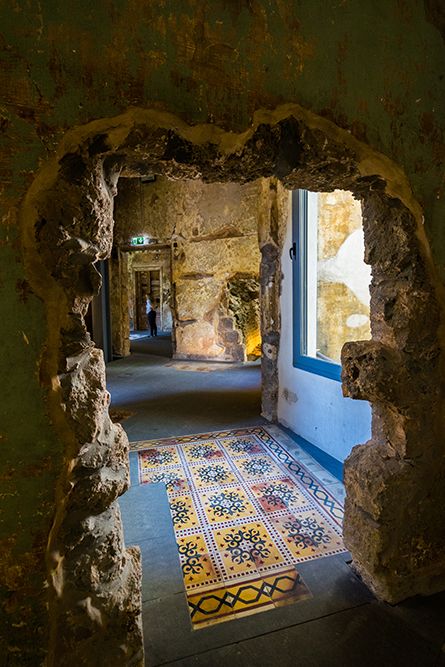
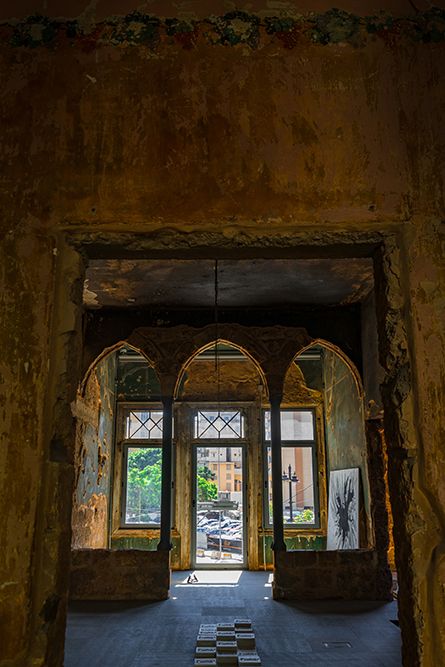
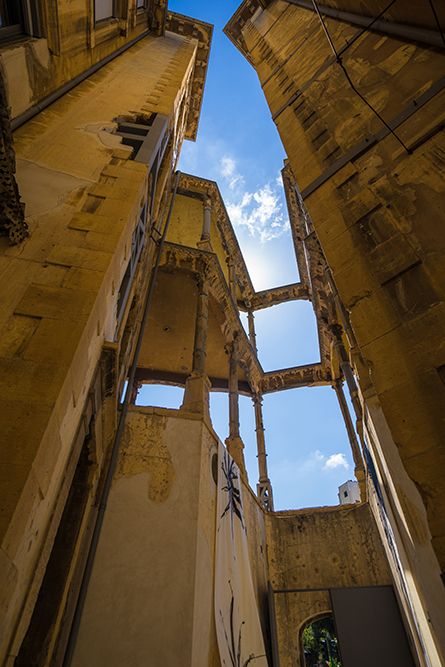
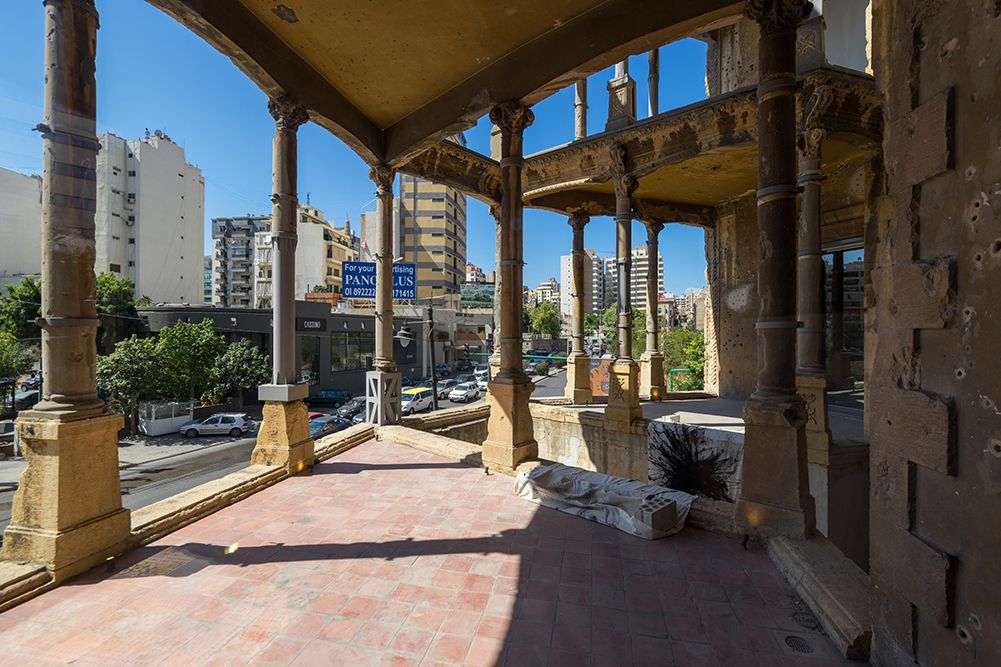
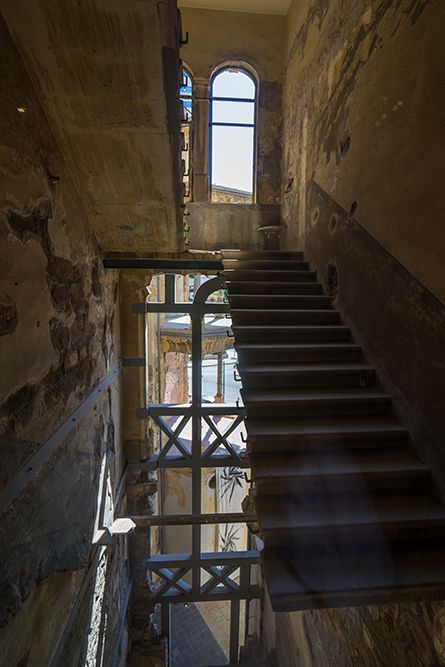
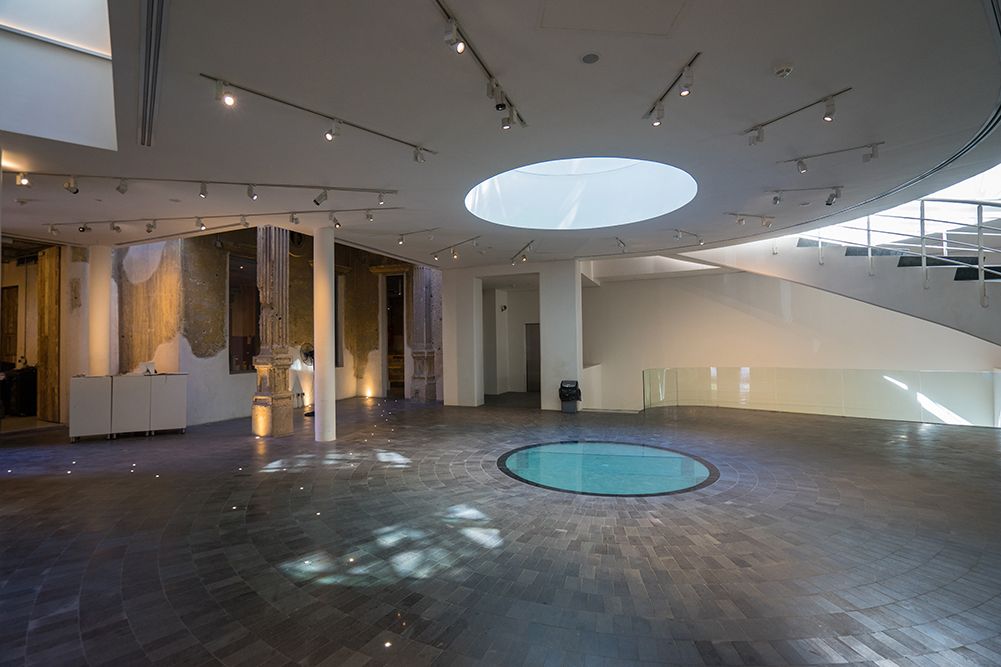
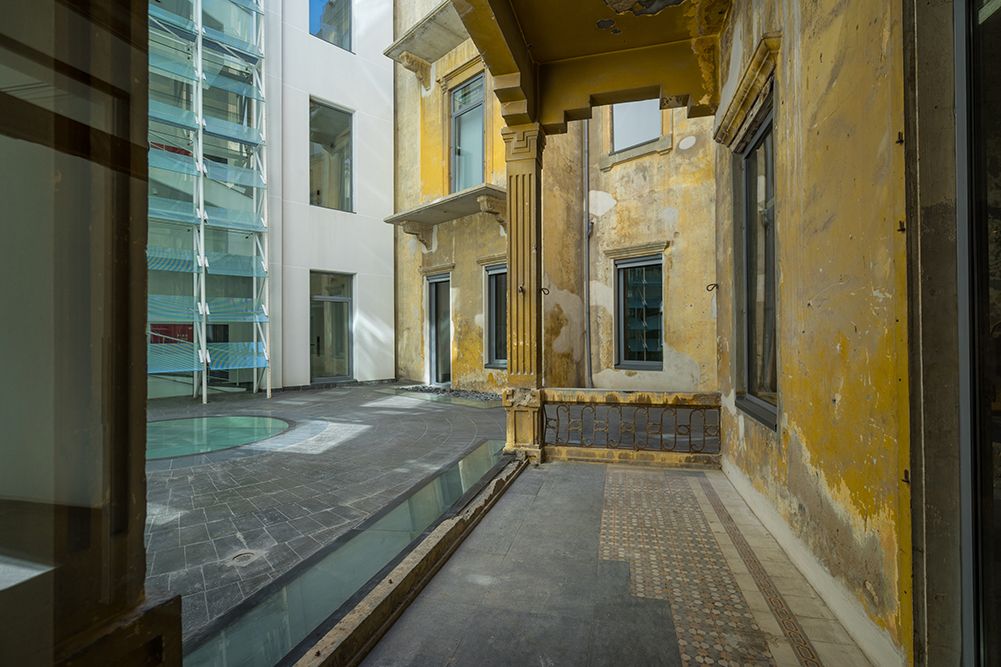
Part 2
Even after years of destruction and degradation, the original beauty of the building is hard to miss. Beit (‘House’) Beirut was commissioned by wealthy Karakat family in 1923 and designed by a well-known Lebanese architect, Youssef Afandi Aftimos, who built the grand theater in downtown Beirut.
A neo-Ottoman style edifice adorned with elements of art décor. This was the era when Beirut was given the famous moniker ‘Paris of the Middle East’. Experimental architecture was burgeoning in the town where traditional and modern ideas converged. I wish I could have seen the building in its heyday.
Who would have thought that half a century later, Beit Beirut would be turned into a war architecture?
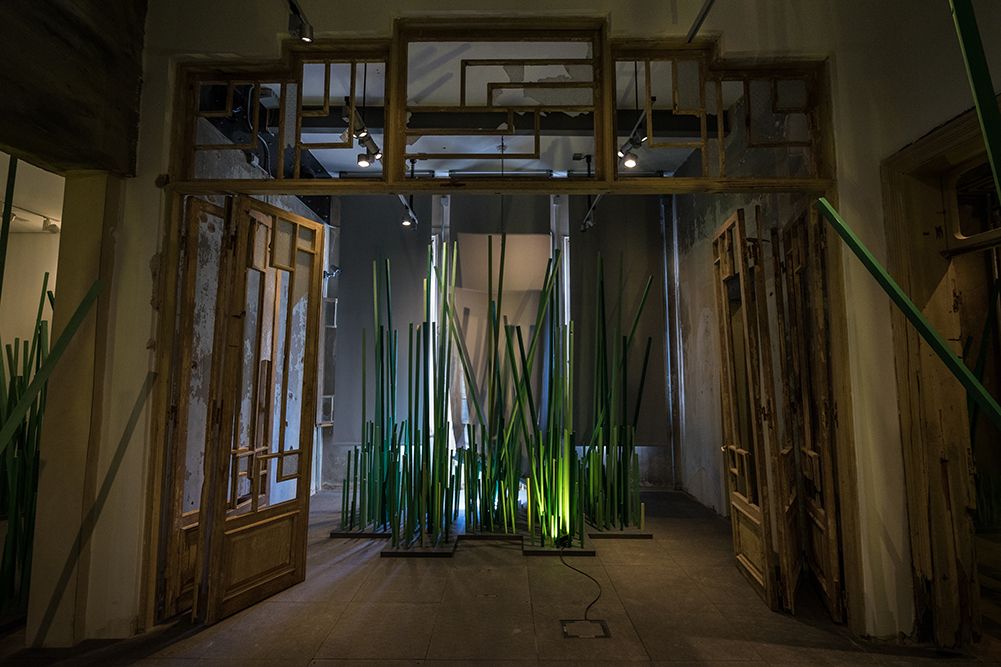
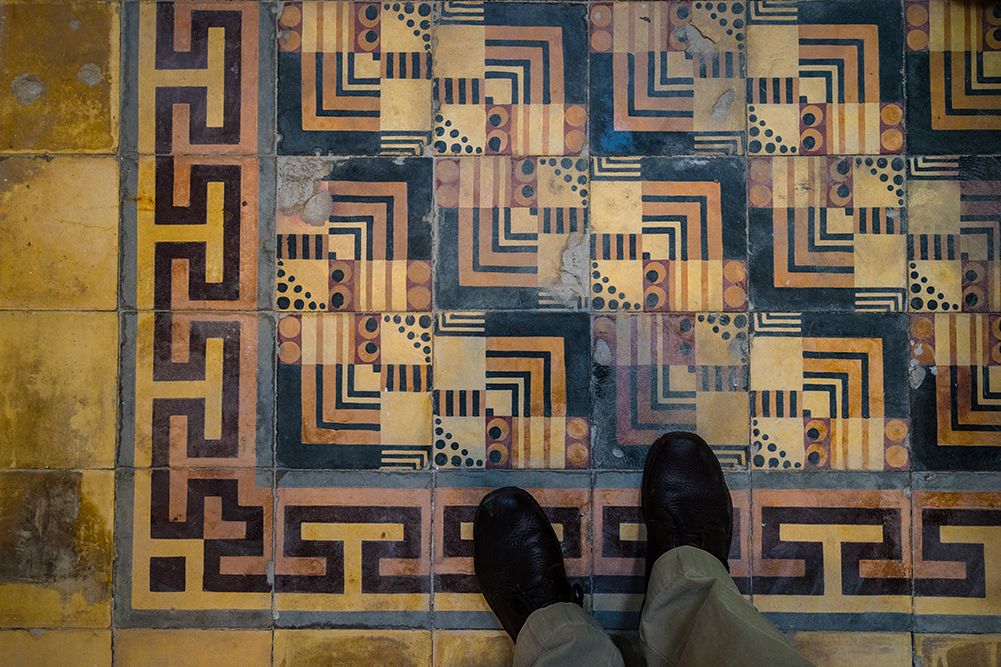
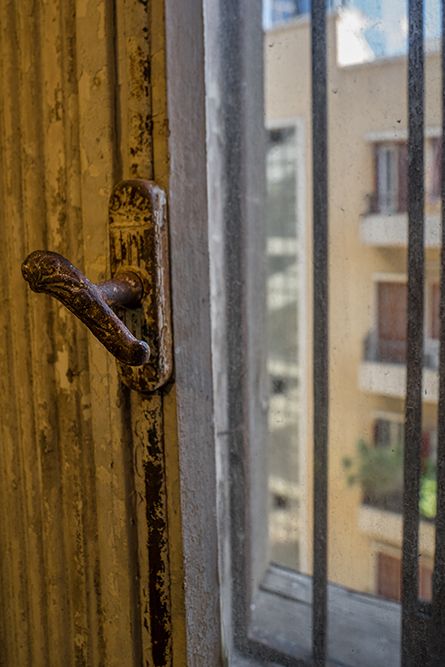
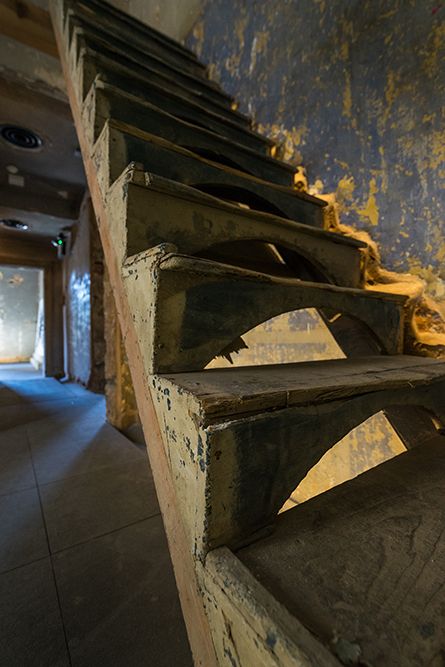
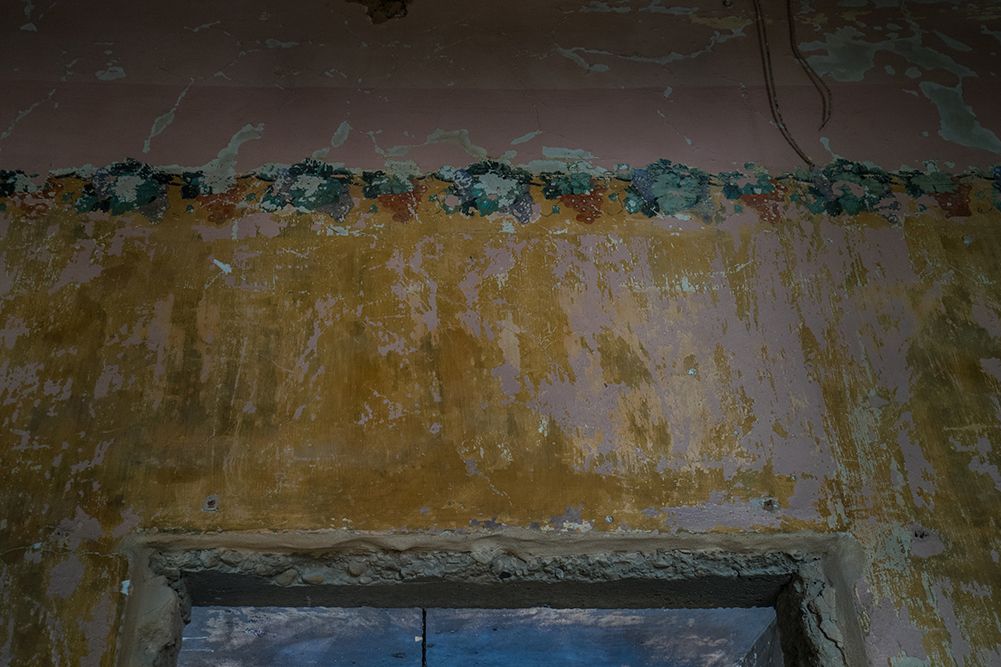
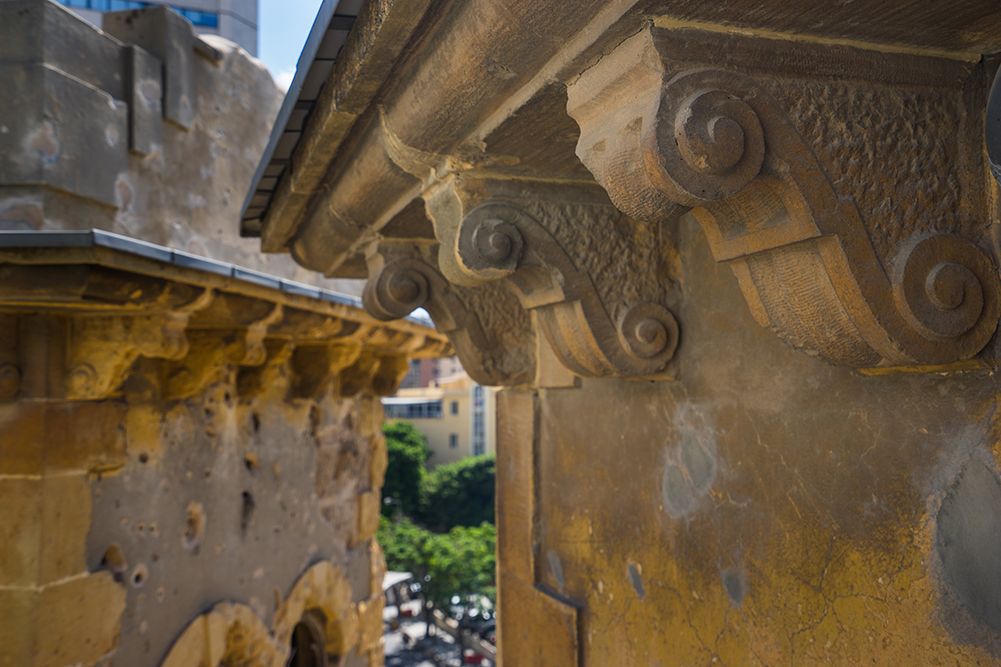
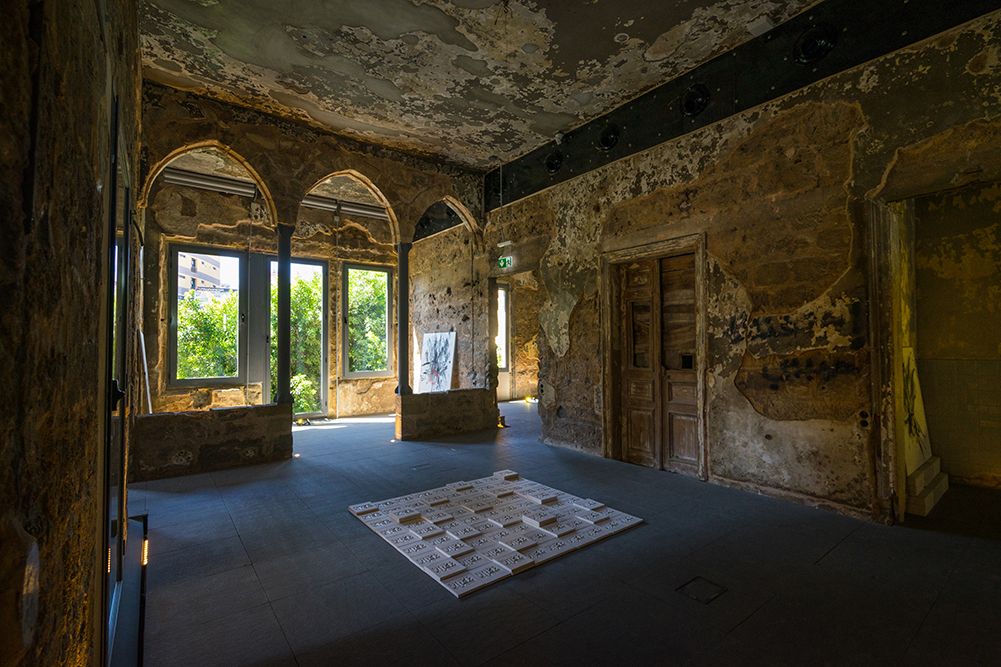
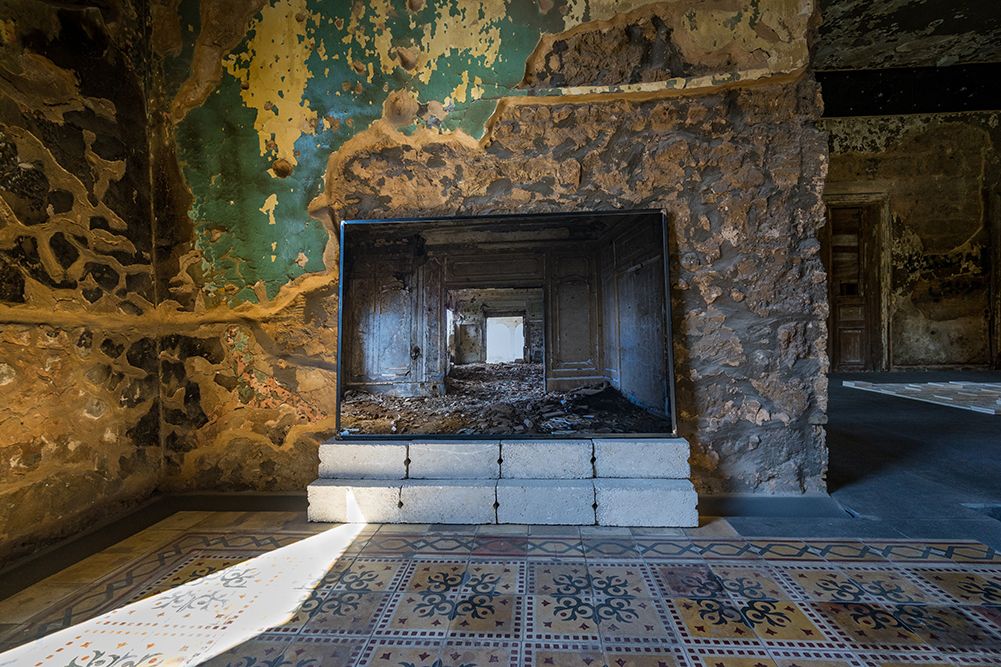
Part 3
Large part of the outer walls is missing. A guide explained that the building was deliberately damaged by the militia to give best vantage points to its snipers over the Sodeco Crossroads. Sandbags were stacked up with shooting holes in the middle. Sniper’s holes were sneakily placed to make them appear part of the doors. Staircases were demolished so that enemies couldn’t access higher floors.
Thus, war architecture was created.
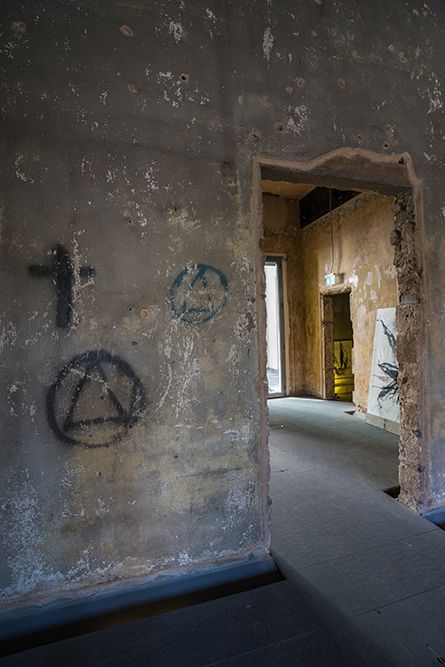
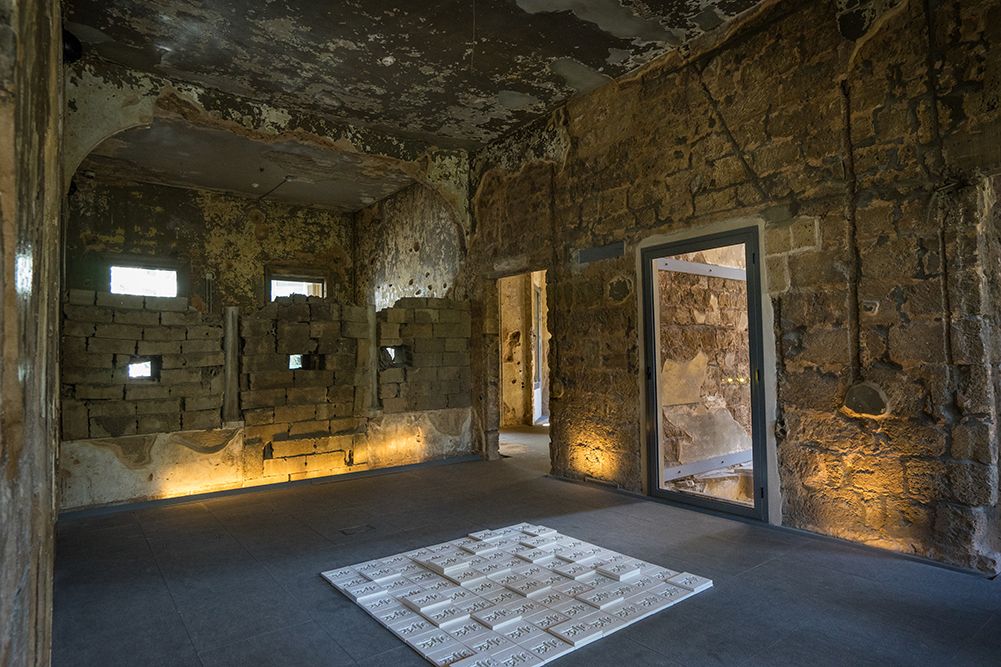

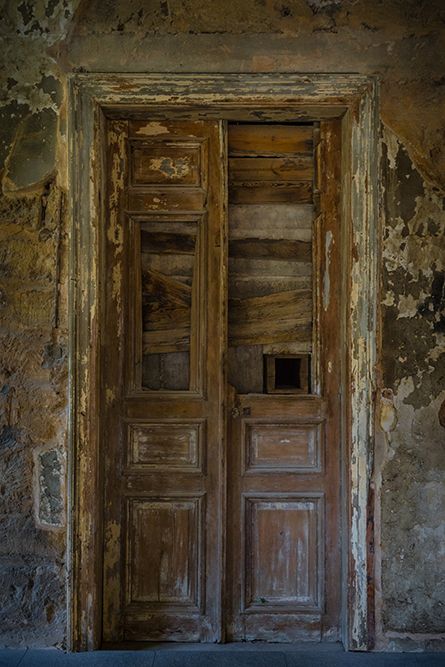
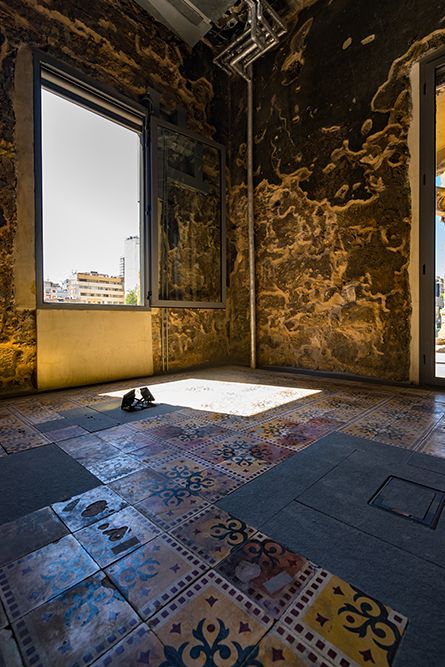
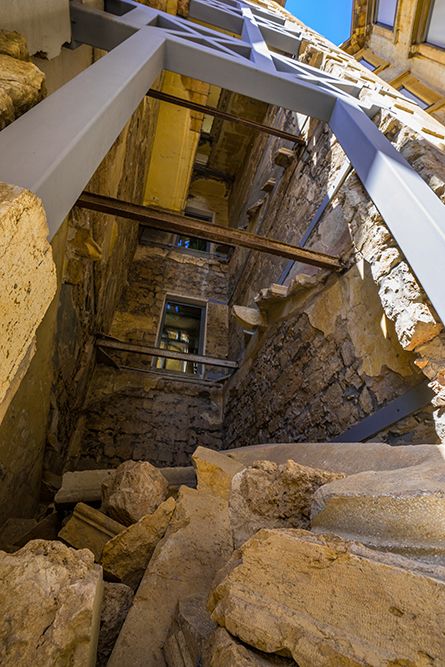
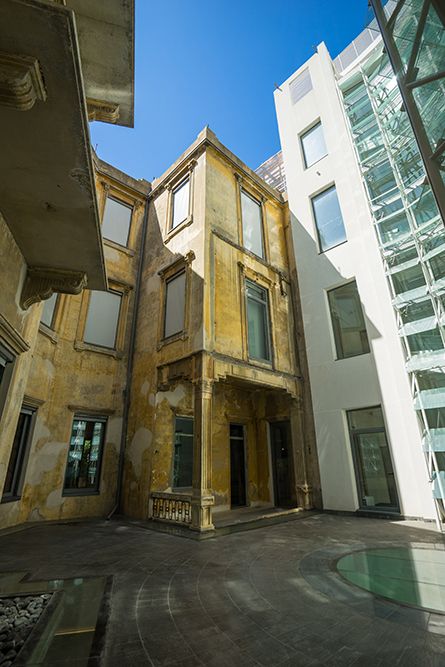
Part 4
Walls are riddled with an insane number of bullet holes. Arabic graffiti on the wall says ‘(to) Begin (then the Prime Minister of Israel), the truth is my soul is about to go away.’ (Another source indicates that the message was drawn by a person name, Begin.)
On top of the building stands an old tree. If you go closer, you will realize it is also a living witness and victim of the cruel war.
As the memories of the civil war quietly fade away and current prosperity stands on delicate balance, Beit Beirut holds the legacies of the nation’s bloody past inspiring visitors with a yearning for tolerance and love. May peace prevail in Lebanon forever.

